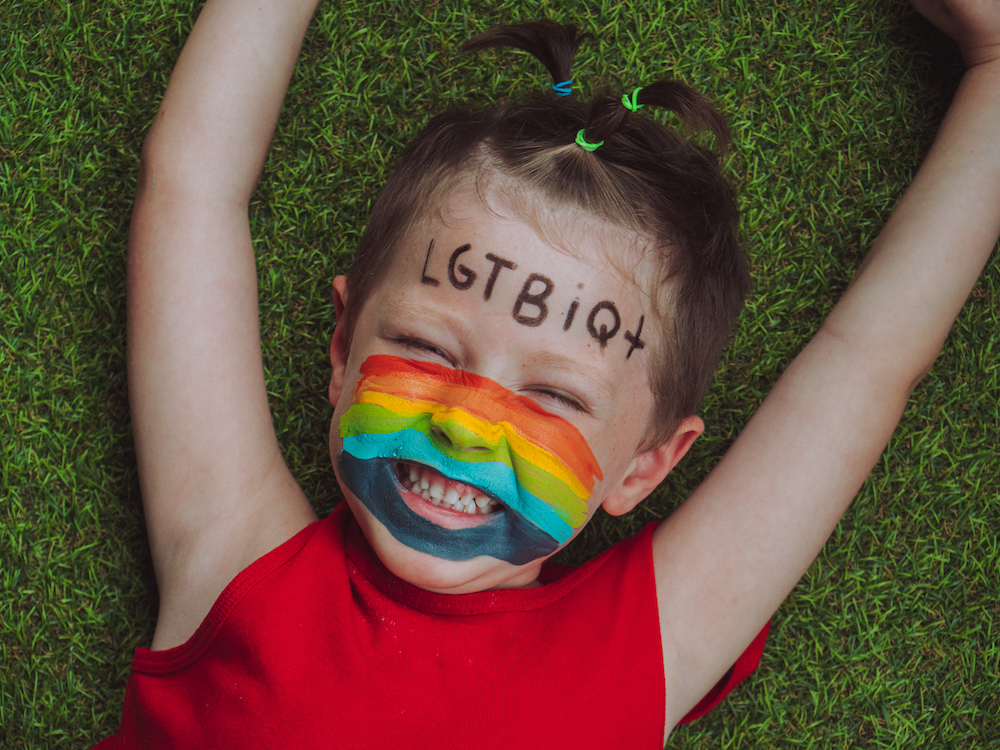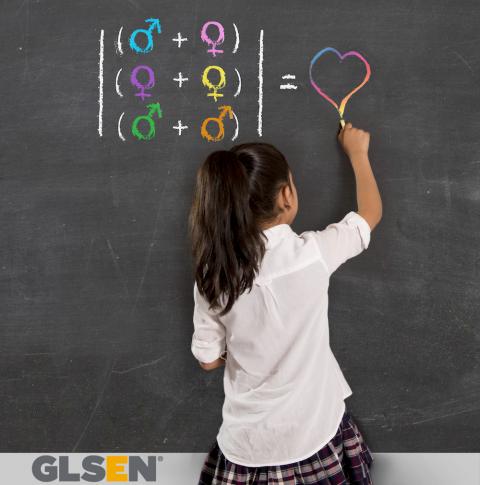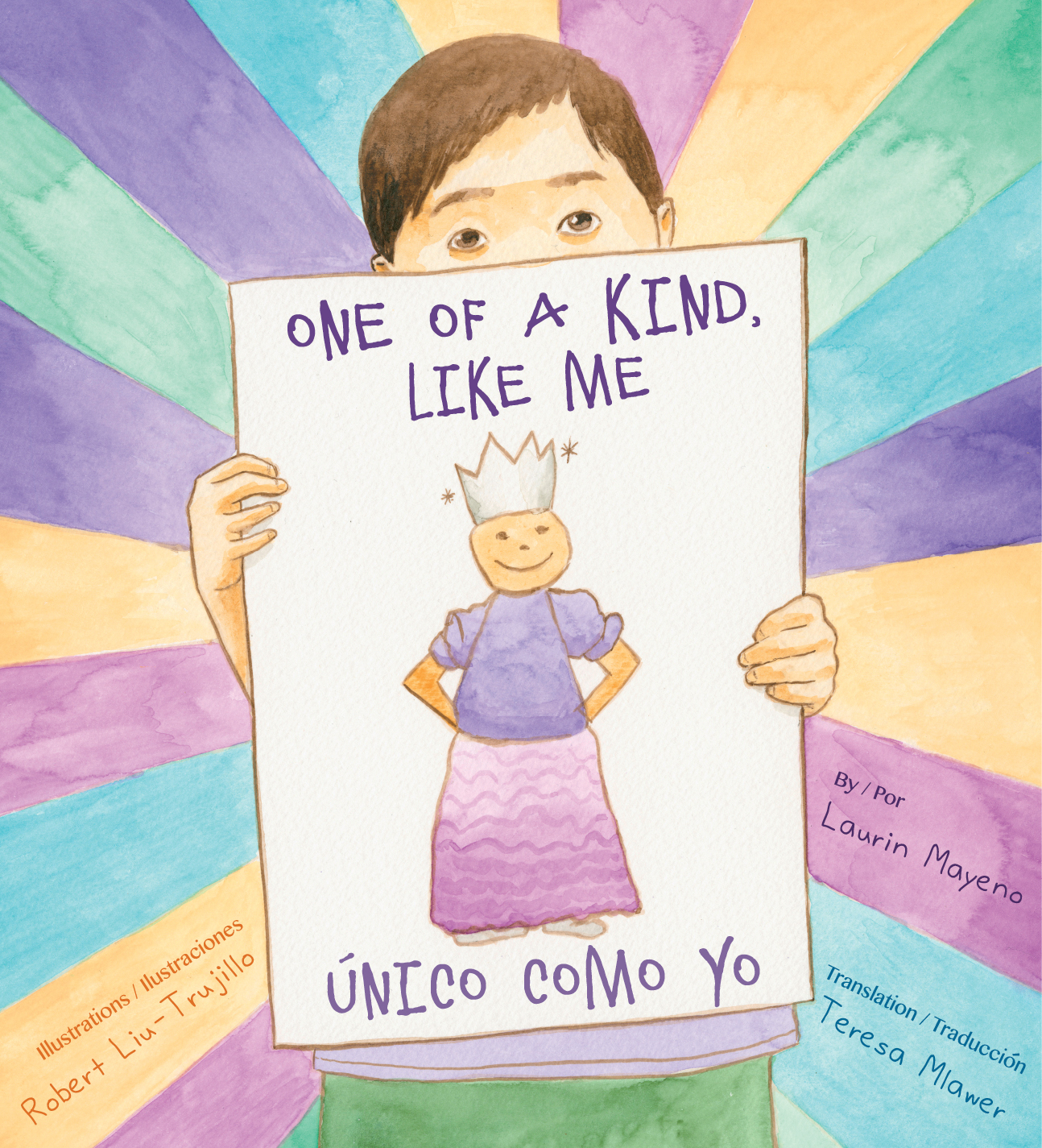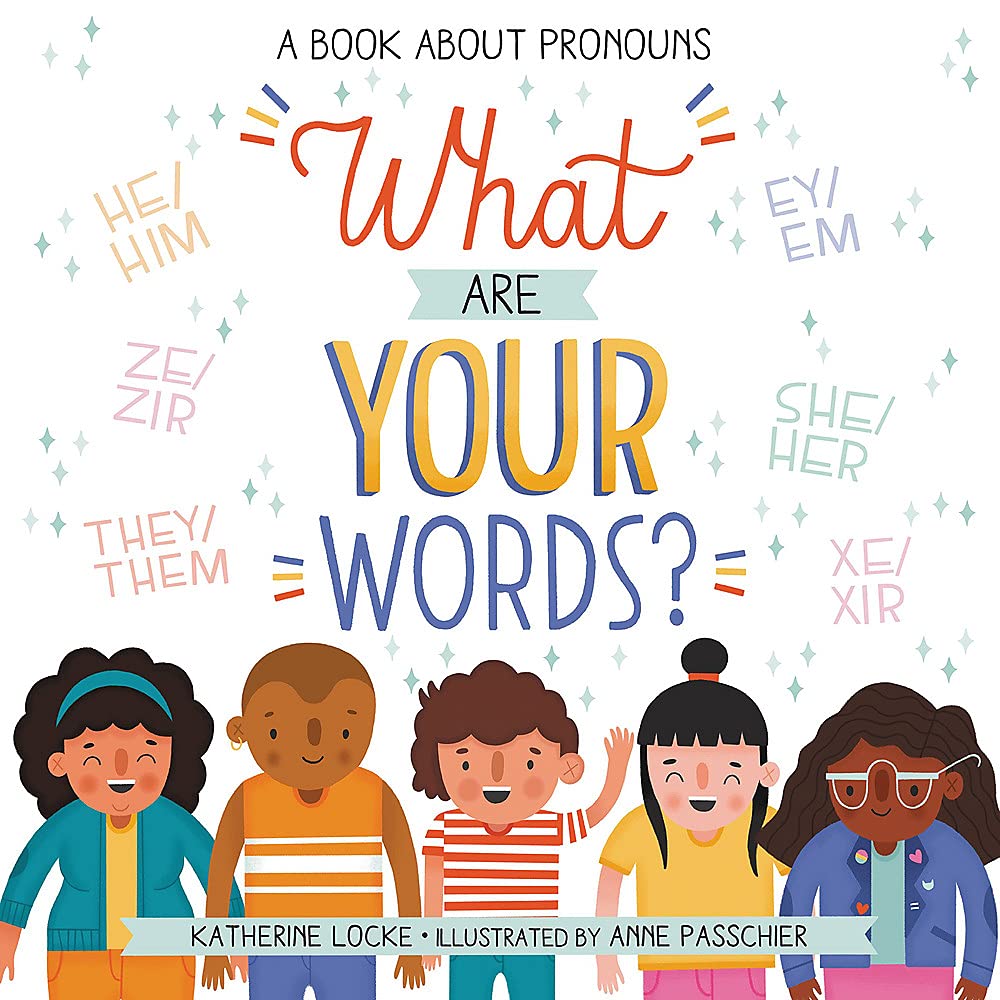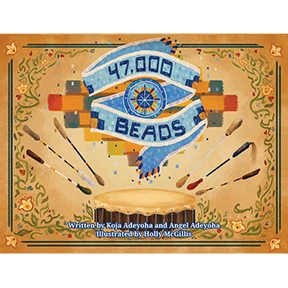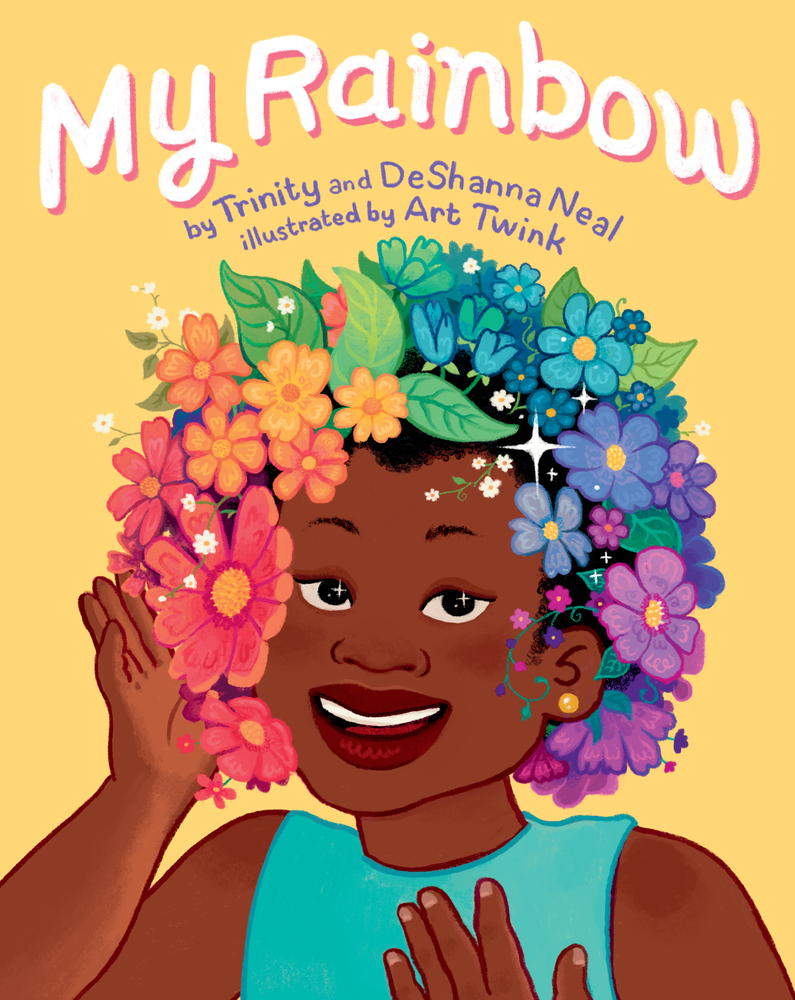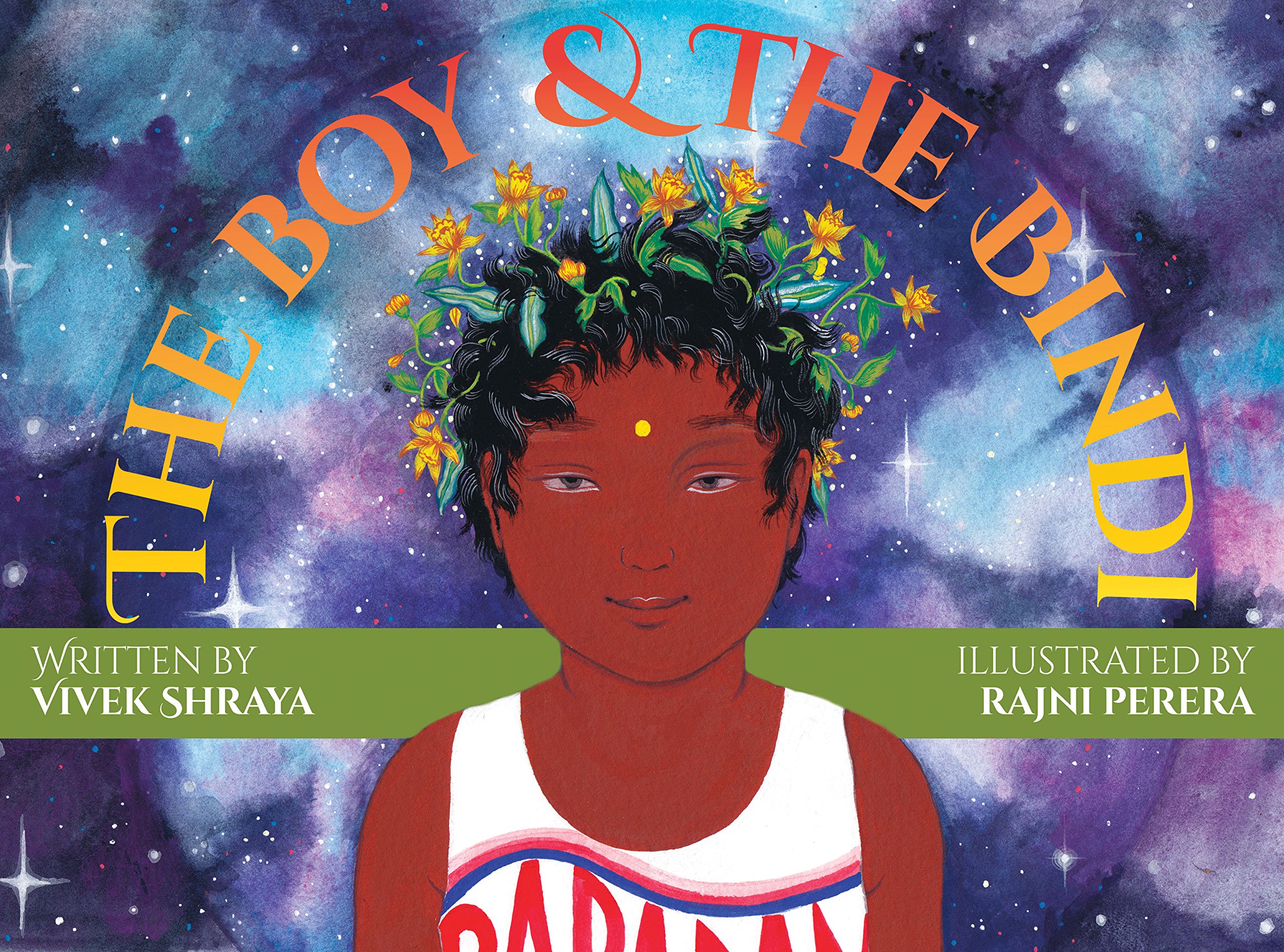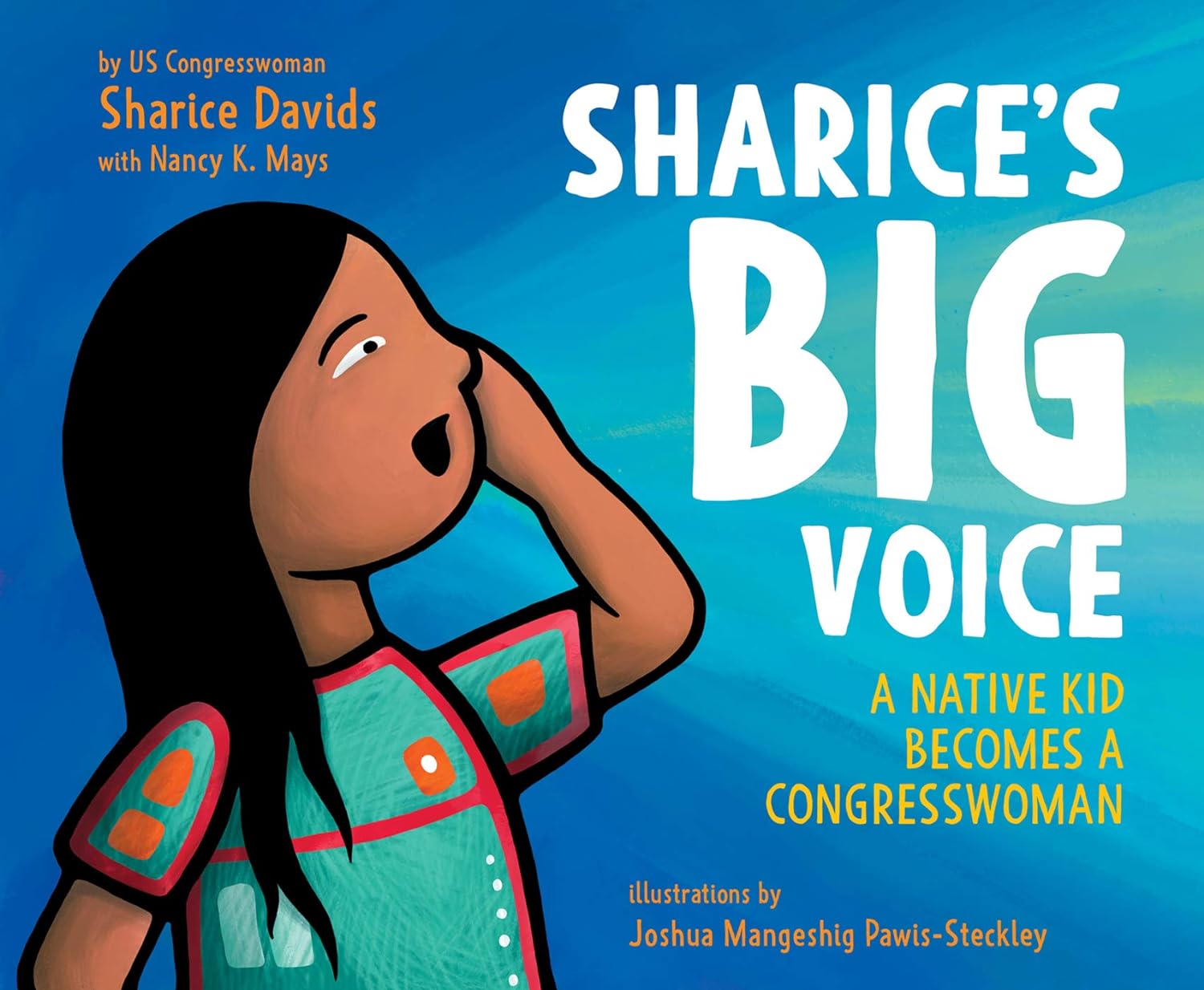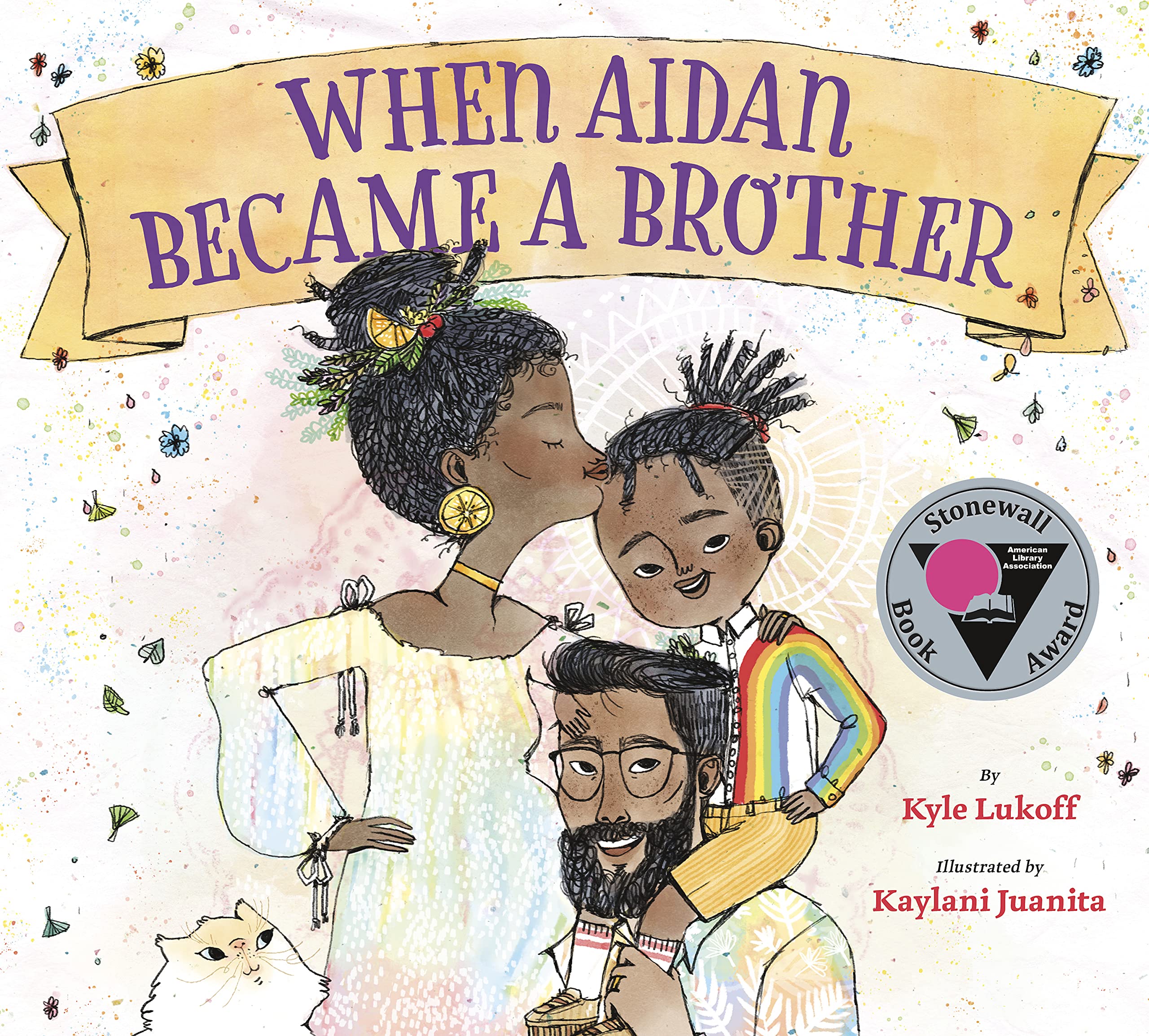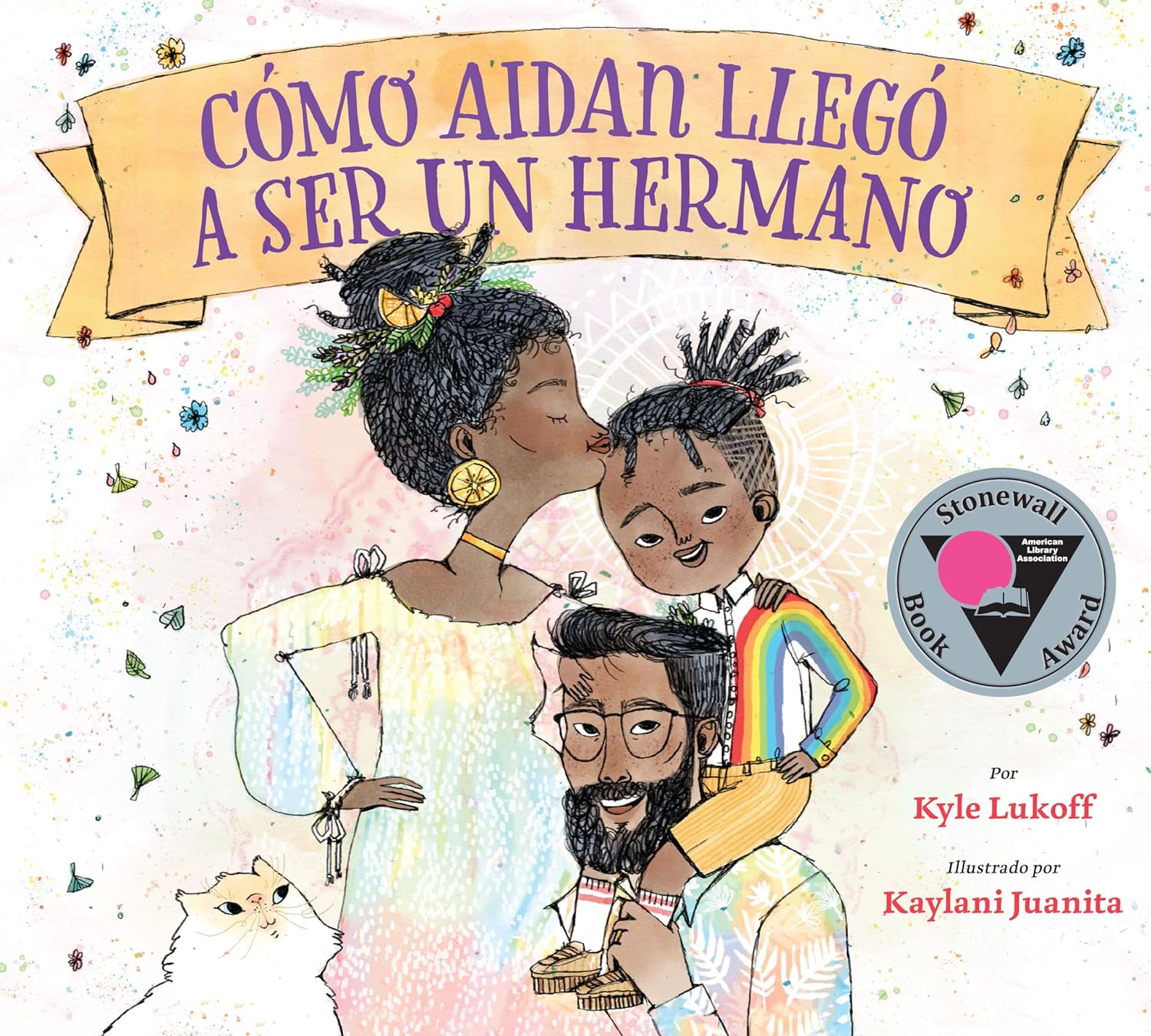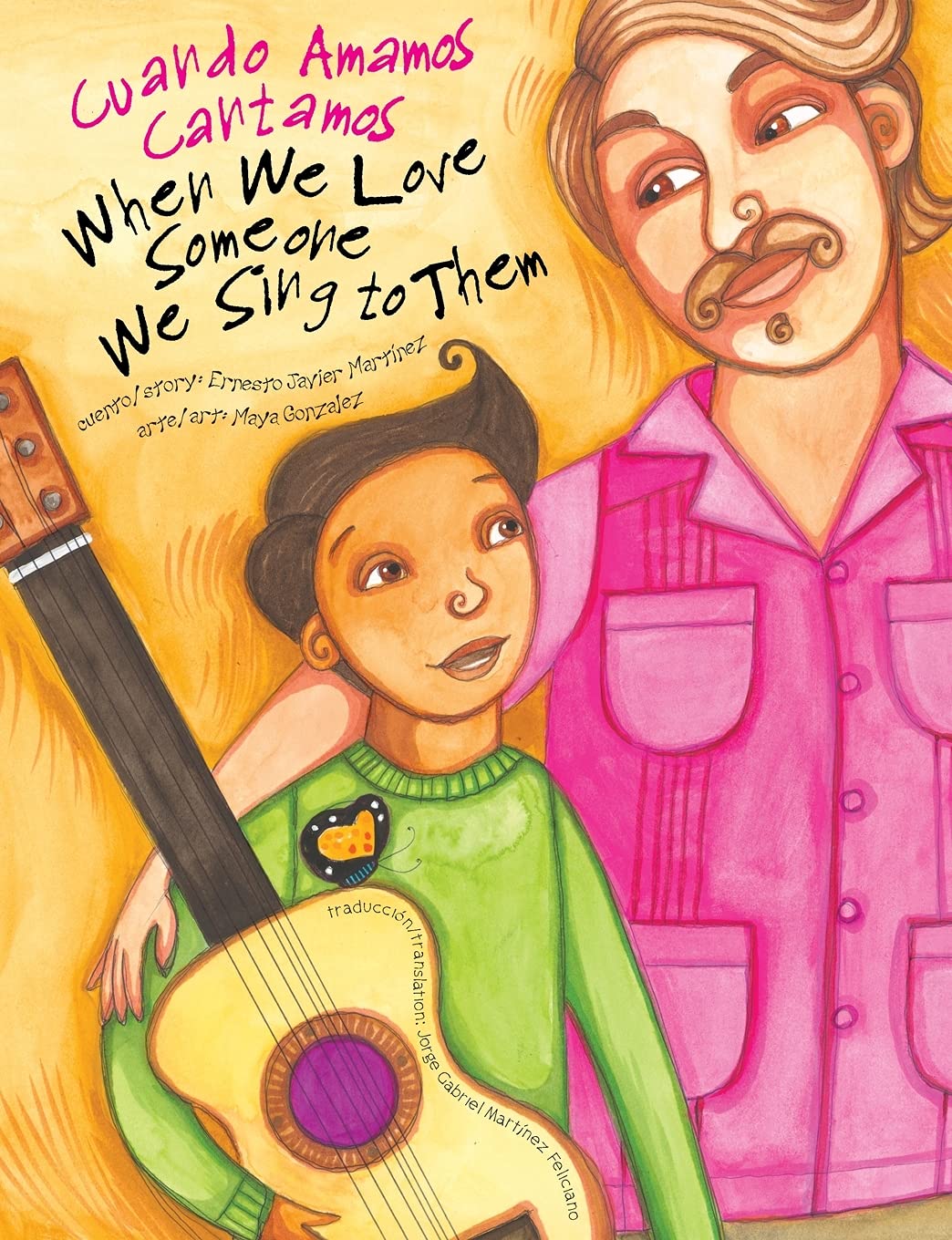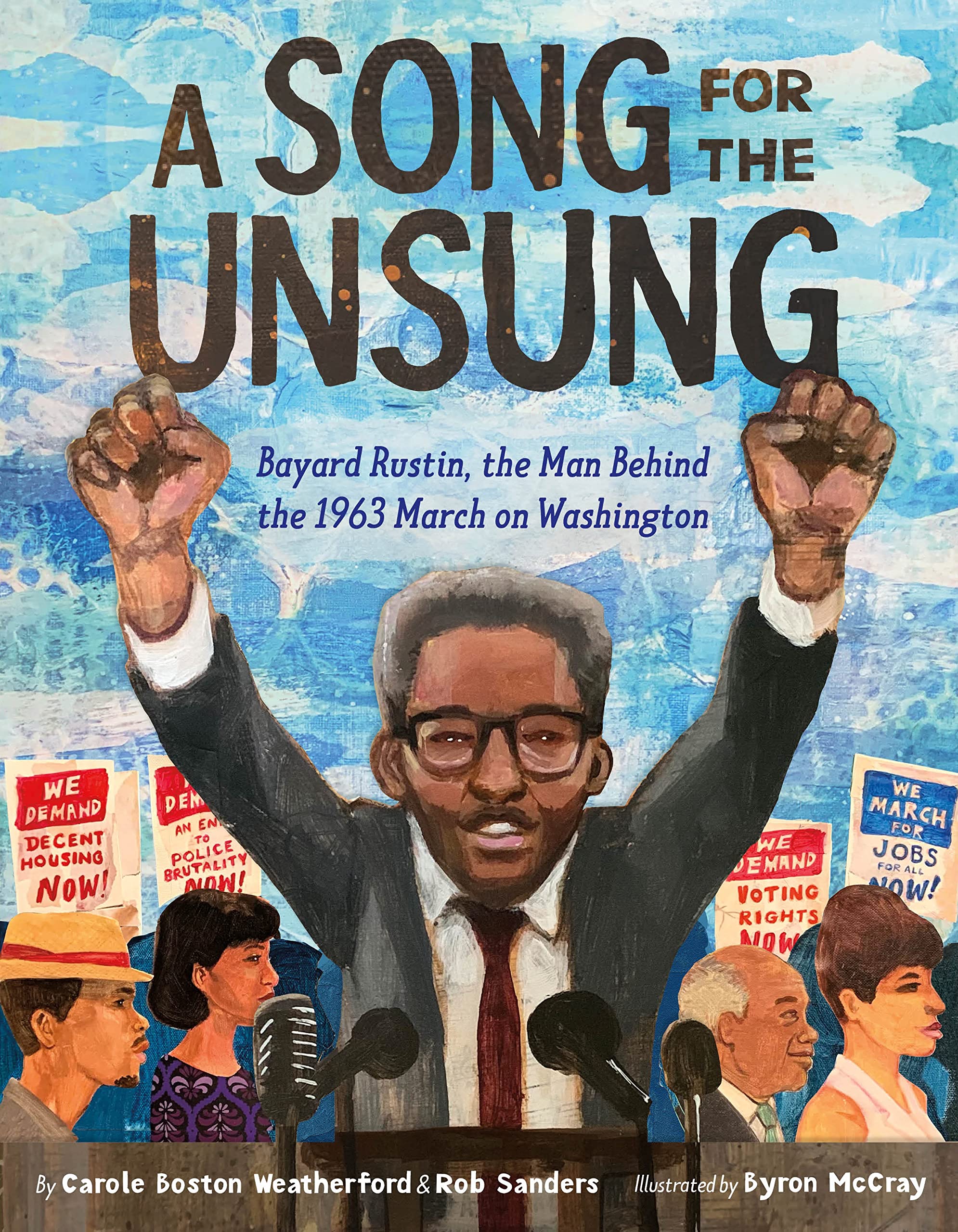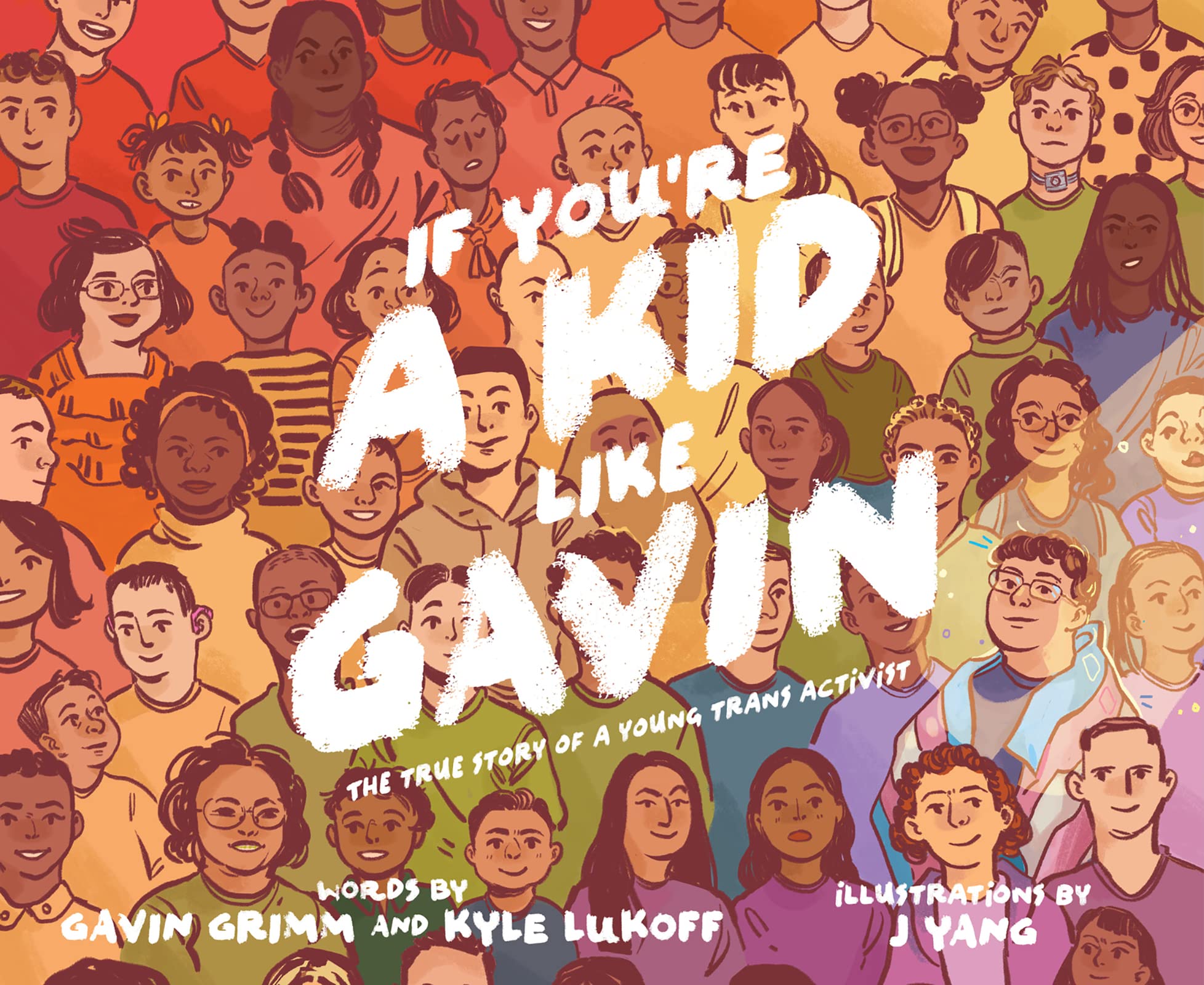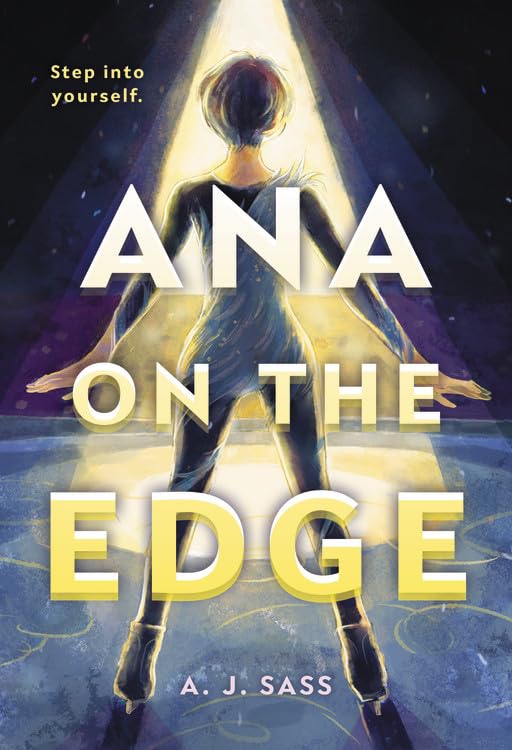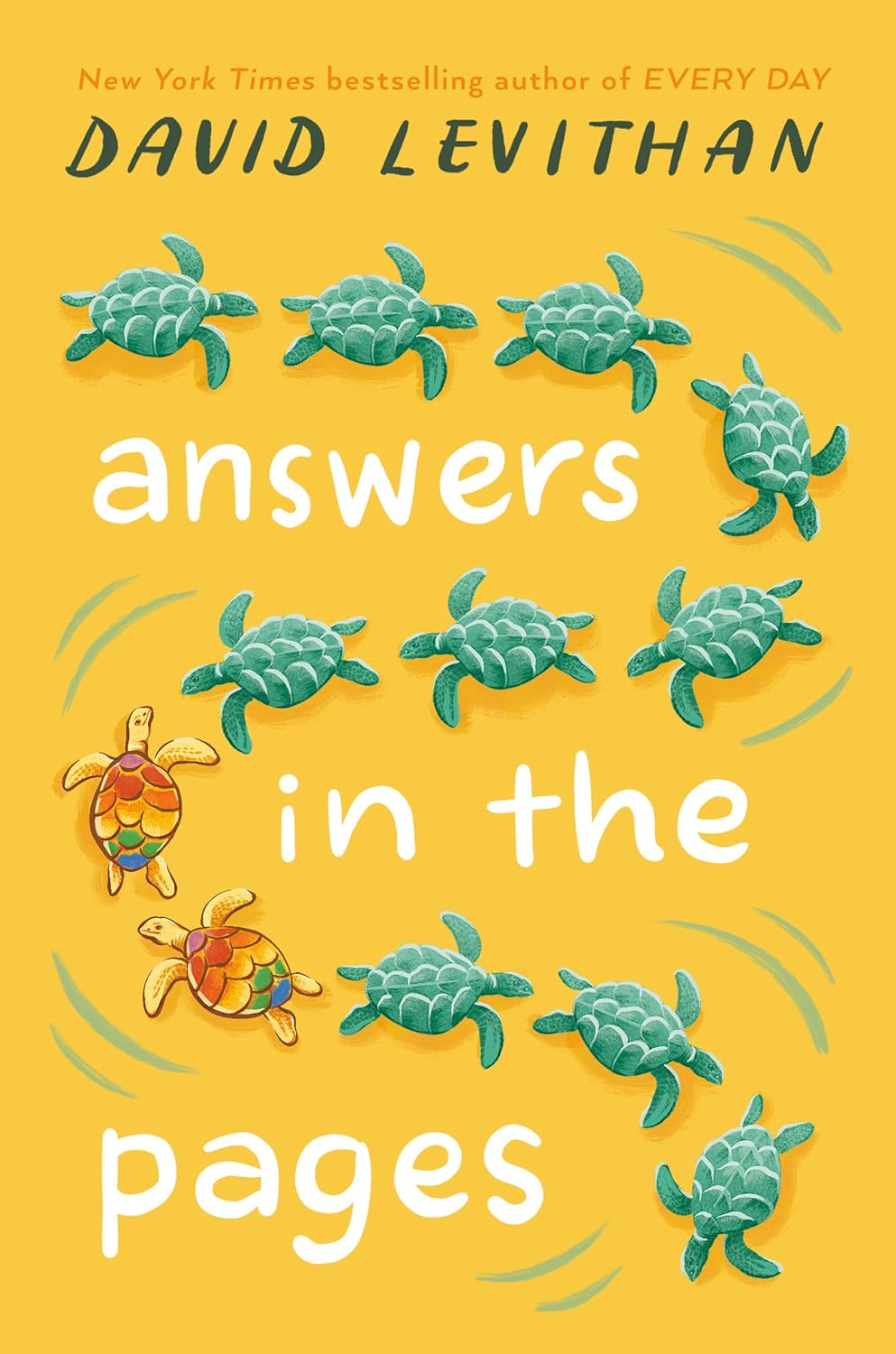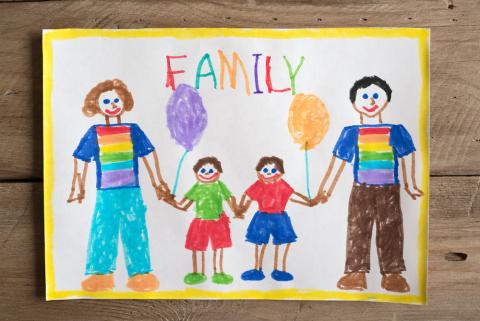×
Aaron Ridings
Chief of Staff and Deputy Executive Director for Public Policy and Research
Pronouns: He, Him, His/They, Them, Theirs
Aaron Ridings (he/they) is the Chief of Staff and Deputy Executive Director for Public Policy and Research at GLSEN. In this role, he is responsible for working closely with the Executive Director to streamline operations and align cross-departmental programming to increase GLSEN’s impact. They directly oversee the Research Institute and the Public Policy Office.
They have a lifelong connection to K-12 learning communities through their parents who are a retired public school teacher and volunteer school board budget committee member. He joined the national staff team in 2019 after first being engaged with GLSEN as a member of the National Safe Schools Roundtable representing the Oregon Safe Schools and Communities Coalition in 2010. His experience at the intersections of LGBTQ+ justice, civil rights, and K–12 education includes being a member of the Steering Committee for Schools Uniting Neighborhoods, a community schools program based in the Portland, Oregon metro region, and leading a local education agency policy research project with the State of Oregon Program Design and Evaluation Services.
Throughout their 20 year career in public service, they have passed progressive policies and advanced LGBTQ+ inclusive data collection in partnership with federal, state, city, county, school district, and tribal governments. He previously served as a Senior Fellow at the Western States Center, Associate Director of the LGBTQ+ Research and Communications Project at the Center for American Progress, along with several roles at Basic Rights Oregon and other LGBTQ+-missioned organizations. Aaron was a long-time aide to Multnomah County, Oregon Chair Deborah Kafoury and most recently had stints working for Washington, D.C. Mayor Muriel Bowser and U.S. Representative Sharice Davids (KS-3). He has been an active volunteer for electoral and issue campaigns and is a former member of the Victory Fund Campaign Board and several national and state campaign committees.
His advocacy has been recognized with emerging leadership awards from the first annual Queer Heroes Northwest Awards, City of Portland, Oregon Human Rights Commission, Native American Youth and Family Center, and the Native American Rehabilitation Association of the Northwest. Aaron has a Master of Public Administration with an Award of Excellence for Community Engagement from Portland State University.
He enjoys living in Washington, D.C. and making time to visit his family’s farm in Oregon.
